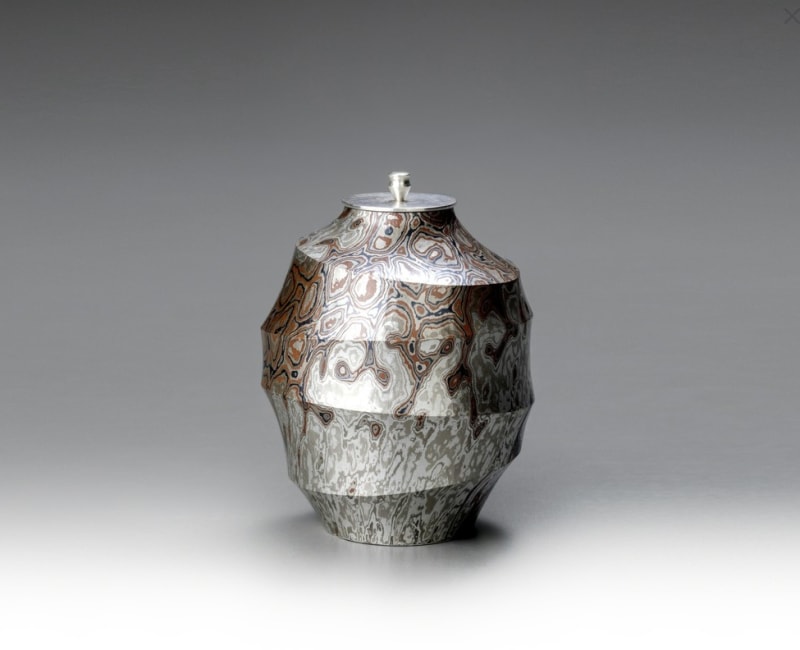Summer Show
As we welcome the warm gleam of the sun’s rays along with the anticipating start of summer, Onishi Gallery presents a collection of our represented artists with a summer group exhibition showcasing various works, some of which incorporate a gleam of gold or silver.






